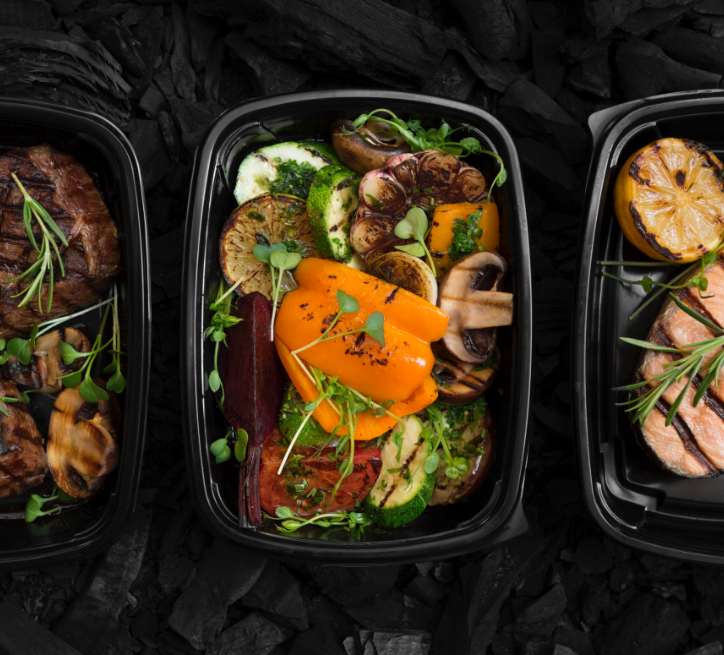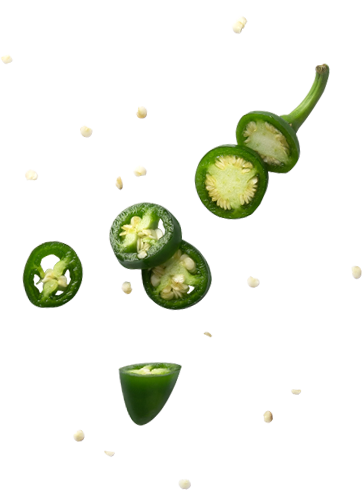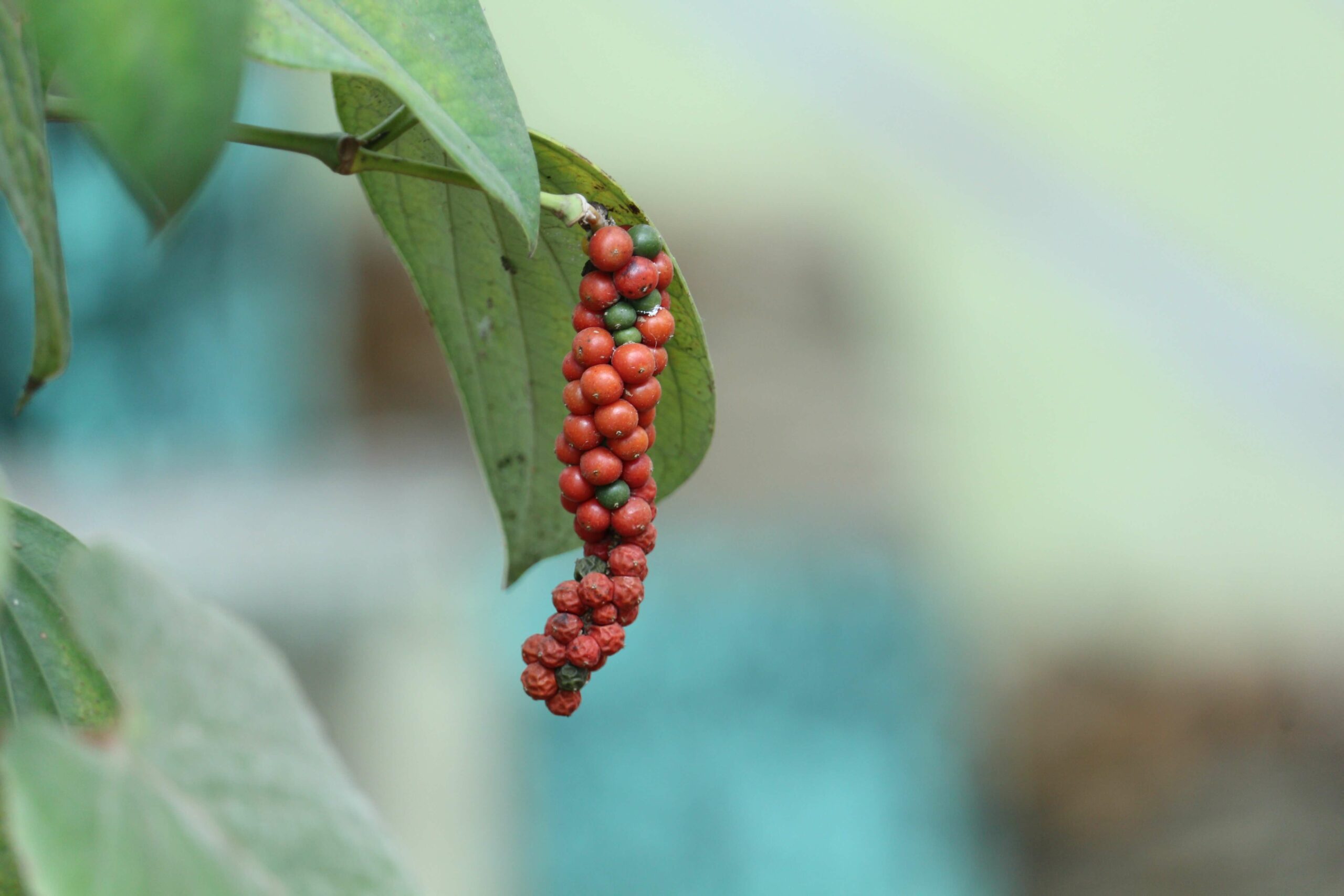FROM BERRY TO PEPPER:
HOW IT'S MADE


PRODUCTION OF PEPPER
Berry to pepper
The production of pepper, which is available in various forms such as black, white, green, and red, undergoes distinct harvesting and processing methods before it reaches our tables. Black pepper, the most common variety, is harvested just before full ripening when the berries are green. Skilled laborers meticulously handpick the mature green berries, which are then spread out in the sun to dry. During the drying process, the outer skin shrinks and darkens, forming the characteristic black peppercorns. Once dried, these peppercorns are ready for consumption, offering a sharp and pungent flavor to a wide array of dishes. And how important it is.
PEPPER production
White pepper
White pepper, on the other hand, is made from fully ripe red berries. After the harvest of white pepper, the ripe berries are soaked in water to remove the outer pericarp, revealing the inner seed. This is a crucial step in the pepper production process. These seeds are then dried, resulting in white peppercorns. White pepper has a milder flavor profile compared to black pepper, making it a popular choice in dishes where a subtler pepper taste is desired.



PEPPER production
Green pepper
Green pepper is harvested while the berries are still immature and green. These young berries are often preserved in brine or vinegar, maintaining their vibrant green color and delivering a mildly spicy and tangy flavor. Green pepper is commonly used in pickles, sauces, and various culinary preparations, adding a unique twist to dishes.
PEPPER production
Red pepper
Red pepper, also known as pink or red peppercorns, is a versatile spice that can be used in a variety of dishes. It is harvested from ripe berries and is typically dried or preserved in brine, showcasing a fruity and slightly sweet flavor profile. Red peppercorns are often used as a garnish or in spice blends, imparting both color and taste to dishes.
Red peppercorns are a great addition to many dishes, including soups, stews, and sauces. They can also be used to add flavor to marinades and rubs for meat and poultry. The fruity and slightly sweet flavor of red peppercorns pairs well with many different ingredients, making it a popular choice among chefs and home cooks alike.
In addition to their flavor, red peppercorns are also known for their vibrant color. They can be used as a garnish to add a pop of color to any dish. Red peppercorns are also a popular ingredient in spice blends, where they can add both color and flavor.
When using red peppercorns in your cooking, it’s important to keep in mind that they are not as spicy as black peppercorns. They have a milder flavor, with more of a fruity note to them. However, they are still noticeable and can add a unique flavor to your dishes.
Overall, red peppercorns are a great spice to have in your pantry. They are versatile, flavorful, and can add both color and taste to your dishes. Whether you’re using them as a garnish or in a spice blend, red peppercorns are sure to add a unique touch to your cooking.

Regardless of the type, proper harvesting, and processing techniques are crucial to preserving the distinct characteristics of each pepper variety, ensuring that they are ready for consumption and can enhance the flavors of countless culinary creations worldwide.
